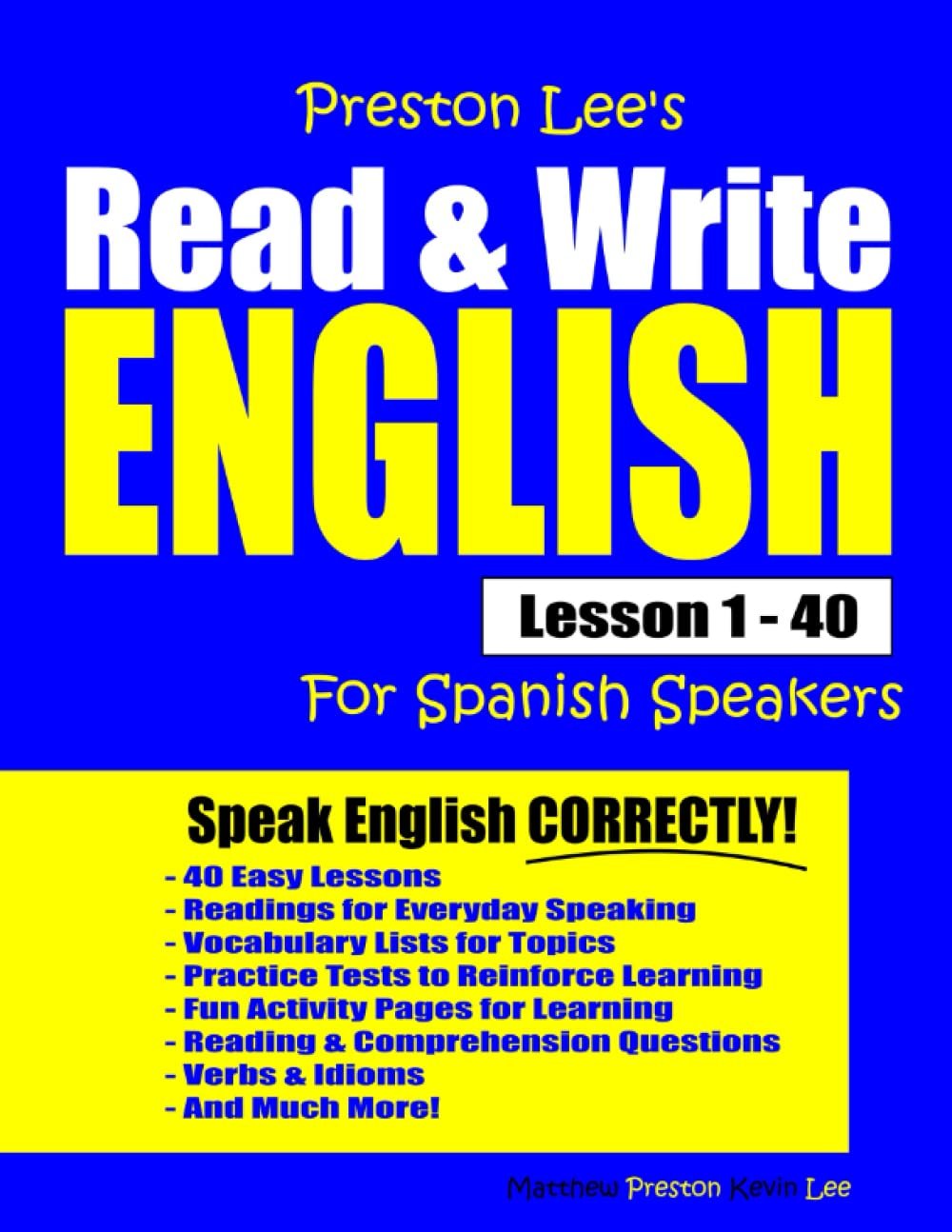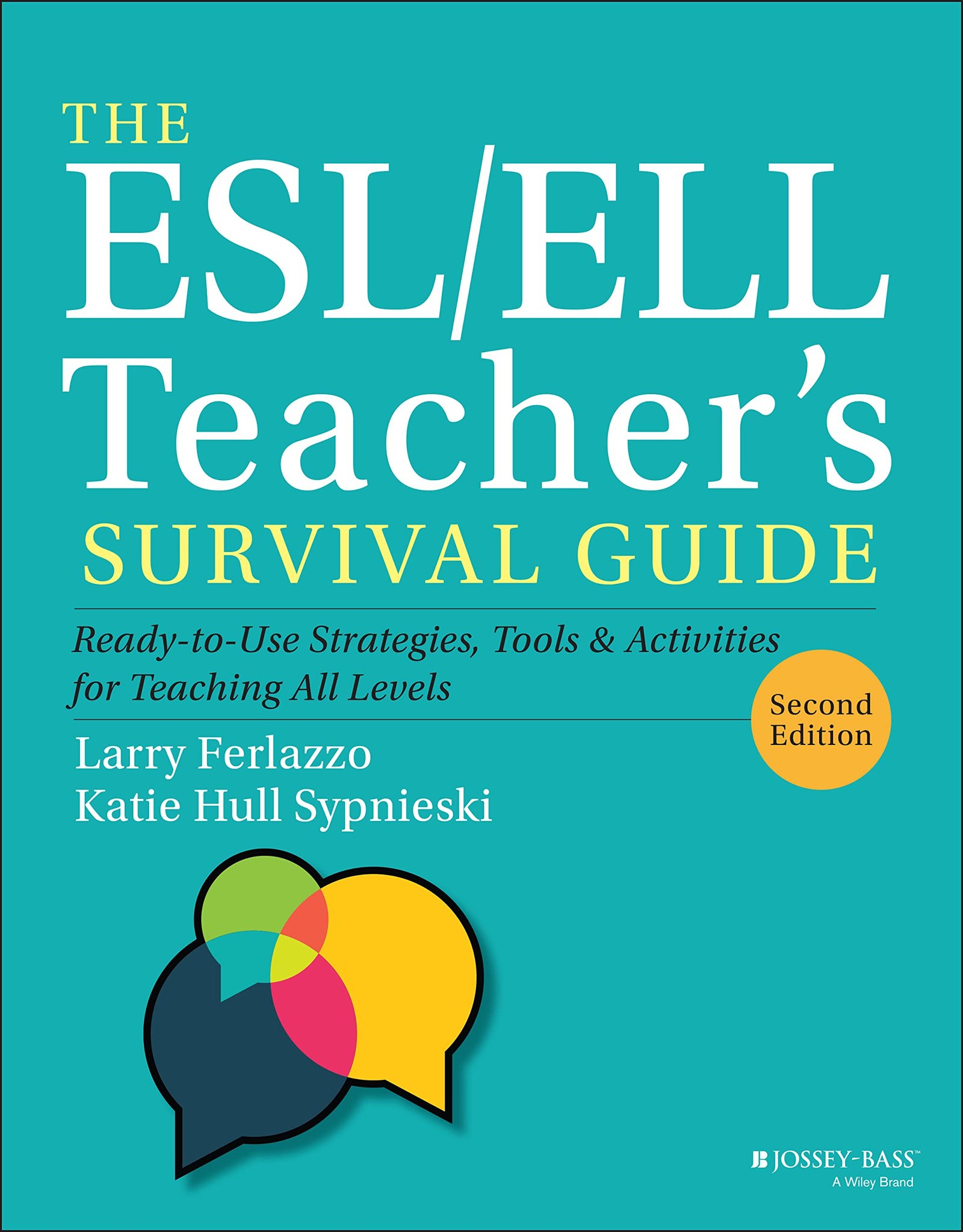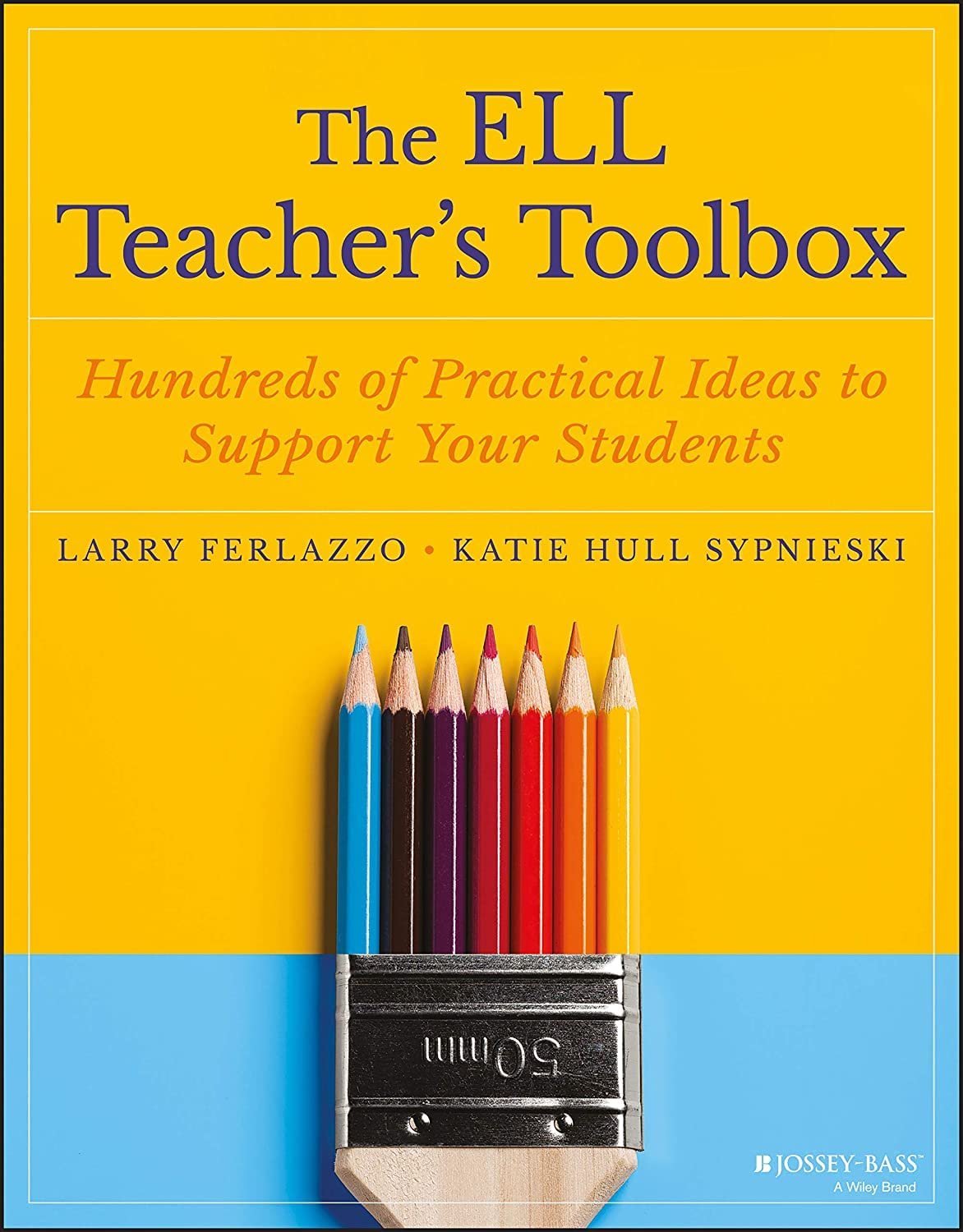Learning English as a second language (ESL) can open many doors for you.
It helps you connect with people, access new job opportunities, and enjoy more media and culture.
With the right tools, you can make the learning process smoother and more enjoyable.
In 2024, beginners can find many tools to help them start their ESL journey.
These tools may include apps, websites, and physical resources that provide engaging ways to practice.
Each tool has unique features, making it important to choose one that fits your learning style.
Whether you prefer interactive games or structured lessons, there’s something out there for you.
When picking an ESL learning tool, think about its ease of use, cost, and the type of content offered.
Some tools might focus more on speaking and listening, while others may emphasize reading and writing.
Knowing what you want to improve can help you make the best choice.
Let’s look at the top six ESL learning tools that can kickstart your English skills in 2024.
Top 6 ESL Learning Tools for Beginners
If you’re just starting your journey in learning English, having the right tools can make all the difference.
Check out these top ESL learning tools that can help you boost your skills and make the process more enjoyable.
Super Support ESL Workbook
This workbook is a solid choice for beginners looking to enhance their English skills.
- Great resource from years of classroom experience.
- Provides a clear and helpful structure for learning.
- Interactive exercises that encourage practice.
- Some vocabulary may be too difficult for absolute beginners.
- Material seems more tailored for teenagers than adults.
- Could benefit from updated visuals and examples.
The workbook “English Language Learning with Super Support: Beginners – Book 1” offers engaging content for new learners.
You can find exercises that are designed to build a solid foundation in English.
Many users find that it provides valuable guidance for those starting their language journey.
While the book has useful features, some may find certain words challenging.
For instance, terms like “Laundromat†can be confusing for beginners.
Additionally, the layout and visuals might not appeal to everyone, especially if you’re looking for modern illustrations.
Despite its minor drawbacks, this workbook remains helpful.
Teachers appreciate the lessons as good conversation starters.
Overall, it’s a dependable resource for anyone wanting to learn English at a beginner level.
Preston Lee’s Read & Write English Lesson 1 – 40
This book is a solid option for beginners wanting to learn English, especially if they speak Spanish.
- Good structure that helps build language skills.
- 168 pages filled with lessons for practice.
- Suitable for early English learners.
- Assumes some prior English knowledge.
- Limited Spanish content can be challenging for complete beginners.
- Focuses mainly on reading and writing, not speaking.
If you’re looking for a resource that helps you navigate the basics of English, this book might be a great fit.
It includes lessons that guide you through reading and writing, which is crucial at the beginning stages of language learning.
The organization of the lessons is helpful.
You can start from the basics and gradually progress.
Each lesson builds on the previous one, allowing for a smooth learning curve.
This is perfect for students trying to gain confidence in their English skills.
Some feedback mentions that it may not be ideal for absolute beginners.
Without a fair amount of English vocabulary, some parts could feel overwhelming.
The lack of Spanish explanations in the lessons might leave those who are just starting a bit lost.
Overall, if you have some grasp of English and are ready to take it further, Preston Lee’s Read & Write English is worth considering.
It strikes a balance between supportive lessons and expected knowledge.
ESL Teacher’s Survival Guide
This book is a solid choice for anyone looking to enhance their ESL teaching toolkit.
- Packed with useful strategies and activities.
- Good for teachers at any experience level.
- Well-researched and easy to follow.
- May not be suitable for all teaching contexts.
- Some content can be found in other resources.
- Focuses more on classroom settings than individual tutoring.
You’ll find that this guide is filled with practical tools and activities to support English language learners.
It’s especially beneficial for those teaching in a classroom environment.
The variety of strategies offered can help you engage your students more effectively.
The second edition stands out for its fresh content.
Many users appreciate the updated methods and advice.
Teachers report that the guidance is clear and easy to apply in real settings.
However, if you’re looking for resources tailored specifically to conversational English or one-on-one tutoring, this might not hit the mark.
Some feedback suggests that the focus leans more toward structured classroom scenarios, which may not suit every teaching style.
Overall, this book offers a great mix of strategies that can make your lesson planning smoother and more enjoyable.
The ELL Teacher’s Toolbox
This book is a handy resource for teachers looking to support their English language learners.
- Offers a wide range of practical strategies.
- Easy to read with clear explanations.
- Great for both new and experienced teachers.
- Bulky size makes it less portable.
- Some copies may arrive in less than ideal condition.
- Might not cover every unique classroom situation.
As a teacher, you’ll appreciate having this book on hand.
It includes hundreds of ideas to make learning more engaging for your students.
The simple layout helps you quickly find what you need without getting lost in a lot of text.
Many users mention that it’s a great reference.
They find themselves returning to it for fresh ideas.
This makes it perfect for those times when you need to switch things up in your lesson plans.
While the book is excellent for classroom use, its larger size may not be ideal for carrying on the go.
It’s best suited to keep in your teaching space where you can easily access it when inspiration strikes.
If you want to enhance your teaching skills, this toolbox is definitely worth considering!
Sort That Sound! Activity Set
This set is a fun way for kids to practice their sounds and boost their phonemic awareness.
- Engaging for young learners with colorful visuals.
- Versatile use: great for phonics practice and as flash cards.
- Supports various learning needs, including speech therapy.
- Some users find the instructions a bit unclear.
- Contains many pieces, which might be easy to misplace.
- Best suited for younger children and beginners.
The Sort That Sound! Activity Set encourages kids to match sounds with pictures, making learning enjoyable.
With 44 sound tiles and 220 picture tiles, this kit is designed for hands-on fun.
Kids can use the sorting trays to connect the sounds to images, which helps them remember better.
This activity set isn’t just about fun; it also builds a foundation for reading.
By practicing phonics, children can improve their letter sounds.
Plus, it doubles as flash cards for more versatile learning.
If you’re looking for a tool that meets different learning styles, this set is worth considering.
While it may take time to sort through all the pieces, the rewards in engagement and learning are worth it.
This makes it a great choice for parents and educators alike.
Buying Guide
Choosing the right ESL learning tool can make a big difference in your progress.
Here are some key points to keep in mind.
Consider Your Goals
Think about what you want to achieve.
Are you focusing on speaking, reading, or writing? Different tools cater to different skills.
Knowing your goals will help you pick the right fit.
Check for User-Friendliness
You want a tool that is easy to use.
Look for:
- Simple design
- Clear instructions
- Interactive features
This will make your learning process smoother.
Look for Content Variety
Choose a tool that offers different types of content like:
- Videos
- Quizzes
- Games
Having a mix keeps things interesting and helps reinforce what you learn.
Evaluate Progress Tracking
It’s important to see how you’re doing.
A good tool should have:
- Progress reports
- Achievements
- Feedback options
These features help you stay motivated.
Seek Community Support
Being part of a community can enhance your learning.
Look for tools that offer:
- Forums
- Discussion groups
- Peer interaction
Connecting with others can make learning more fun.
Pricing and Value
Finally, consider the cost.
Make sure the tool provides good value for what you pay.
Look for free trials or money-back guarantees.
This way, you can test it out before committing.
Frequently Asked Questions
Here are some common questions about tools and resources that can help with learning English as a second language.
You will find details about user-friendly apps, free platforms, and useful websites.
What are the most user-friendly ESL apps for absolute beginners?
Some of the easiest apps for beginners include Duolingo, Babbel, and Busuu.
These apps have simple interfaces and fun activities that make learning English engaging.
They focus on basic vocabulary and grammar, perfect for those just starting out.
Which ESL teaching platforms are available for free?
Websites like BBC Learning English and Duolingo offer great resources for free.
They provide lessons, quizzes, and videos to help you practice.
You can learn at your own pace without spending any money.
How do the latest language learning apps compare to traditional methods?
Learning apps often use interactive methods, making it easier to stay motivated.
Unlike traditional textbooks, apps can give instant feedback and track progress.
This can keep you more engaged and help you learn faster.
Can you recommend some effective websites for learning English?
Some good websites for learning English include EnglishClub and Grammarly.
EnglishClub has a lot of resources like grammar guides and quizzes.
Grammarly can help improve your writing skills by checking for errors.
Where can teachers find online tools that help with English language instruction?
Teachers can check out platforms like Edmodo and Kahoot!.
Edmodo allows for easy sharing of resources with students.
Kahoot! makes learning fun through quizzes and games that can be customized for different lessons.
What’s new in technology tools for teaching English in 2024?
In 2024, many language learning tools are focusing on personalized learning.
AI-powered apps can adapt to your skill level and offer tailored practice.
Virtual reality is also becoming popular.
This makes it possible to practice conversations in a more immersive way.





